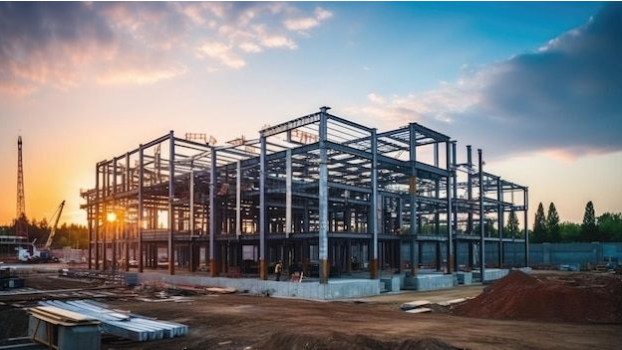The manufacturing sector has always relied on strong, durable materials to shape progress. From building bridges to assembling cars, every production line hums with the strength of steel. Behind all this industrial momentum lies a powerful force—steel sales. It’s more than just a transaction. It’s the spark that fuels entire economies, powers innovation, and enables the production of the everyday essentials we often take for granted.
Foundation Of Industrial Development
Steel has long served as the foundation of industrial advancement. Its versatility and strength make it indispensable in sectors like construction, transportation, energy, and machinery. As manufacturing evolves, steel remains the backbone. Whether used in precision tools or towering structures, steel enables production at every scale. This foundational role keeps demand high, ensuring that the steel market remains dynamic and ever-expanding.
Steel Sales Support Factory Output
Steel sales, defined as the commercial distribution of steel products to industries, directly influence factory output and efficiency. When steel sales are strong, factories have access to the materials they need—on time and in the right quantities. That uninterrupted supply chain fuels higher productivity, better planning, and reduced delays. In periods of rising steel sales, manufacturers can confidently scale up operations, knowing that their materials are secured. As steel sales rise, so does the rhythm of the production floor.
Driving Innovation Through Steel Sales
Manufacturers aren’t just buying steel—they’re buying the flexibility to innovate. Custom steel grades, cutting-edge alloys, and just-in-time delivery models all stem from an evolving steel sales strategy. Steel suppliers work closely with manufacturers to develop materials that meet increasingly specific needs. These innovations open the door to new products, more efficient machines, and sustainable processes. With every surge in steel sales, fresh possibilities emerge on the drawing board and the factory floor.
Steel Sales Reflect Market Confidence
When steel sales rise, it often signals growing confidence across the economy. Manufacturers invest more when they see stable steel pricing, reliable delivery, and strong demand downstream. Increased orders mean more hiring, more shifts, and ultimately more output. The entire ecosystem benefits, from mining operations to logistics firms. At the tail end of each steel sales report is a ripple effect, echoing across warehouses, assembly lines, and shipping docks.
Global Trade Boosted By Steel Sales
Steel is a global commodity, and steel sales often reflect the health of international trade. When exports climb, it’s a sign that manufacturing hubs are thriving. Steel’s role in international supply chains is crucial—it moves from mills in one country to factories in another, sometimes passing through multiple borders before reaching its final form. Strong steel sales help nations build trade partnerships and reinforce their status in the global manufacturing landscape.
Manufacturing Resilience Built On Steel
The ability of manufacturers to weather economic storms often depends on material access. Steel, being central to so many industries, plays a major part in that resilience. Even during downturns, consistent steel sales help keep factories operational. Strategic stockpiling, long-term supplier agreements, and adaptive supply chains all hinge on the reliability of steel availability. With a robust steel sales network, manufacturers can adapt to market shifts more smoothly.
Conclusion
Steel sales are more than numbers on a ledger—they’re the engine behind manufacturing growth. Every ton sold translates into products built, jobs created, and progress made. As steel sales expand, they unlock potential across industries, strengthen global ties, and fuel innovation. For the manufacturing sector, the path forward is paved not only with vision but with steel—bought, sold, and shaped into the future.

